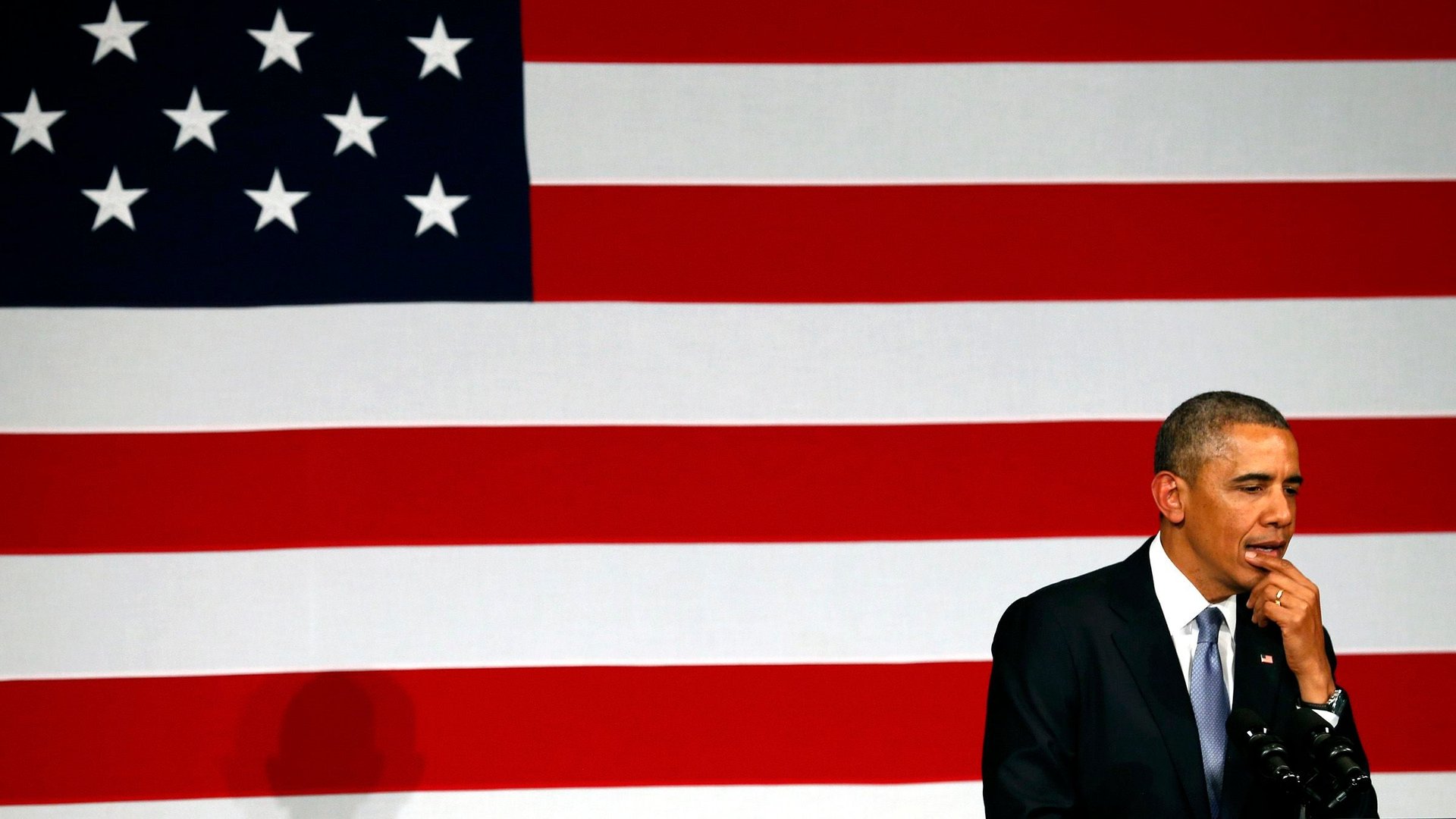Obamacare’s Supreme Court victory is also a win for a distinctly American legal ideal
Oliver Wendell Holmes, one of the United States’ great jurists, famously wrote that “the life of the law has not been logic; it has been experience.” That’s certainly how a controversial decision about the US welfare state turned today.


Oliver Wendell Holmes, one of the United States’ great jurists, famously wrote that “the life of the law has not been logic; it has been experience.” That’s certainly how a controversial decision about the US welfare state turned today.
When the US supreme court ruled (pdf) that statutory ambiguity would not prevent low- and middle-income Americans from getting health insurance subsidies, it was a victory for the constitutional lawyer serving as president—but also a victory for legal realism, a distinctly American idea that emerged at the end of the 19th century that encouraged judges to think about the social impact of their decisions as well as their legal logic.
Today’s case hung on the interpretation of Section 36B of the US tax code, which says consumers could get their insurance subsidies through marketplaces for insurance “established by the state.” The law also says that if states don’t set up exchanges, the federal government may establish “such exchange”—as it has in 34 cases. Are those federal exchanges also state exchanges for the purposes of delivering subsidies? The Obama administration said yes, and provided those subsidies.
Heck no, said the plaintiffs in the case, four Virginians who didn’t want to buy subsidized insurance or pay the tax penalty for those who choose to go without. Three justices agreed with them, including Antonin Scalia, who wrote in their dissent that administration’s health plan is an assault on language itself: “Words no longer have meaning if an Exchange that is not established by a State is ‘established by the State.'”
The six judges who ruled in favor of the administration’s health insurance plan had a different idea:
Petitioners’ plain-meaning arguments are strong, but…Congress passed the Affordable Care Act to improve health insurance markets, not to destroy them. If at all possible, we must interpret the Act in a way that is consistent with the former, and avoids the latter. Section 36B can fairly be read consistent with what we see as Congress’s plan, and that is the reading we adopt.
That is, American courts are asked to figure out what the words mean in the context of the whole law. And within the law, it’s clear the subsidies are necessary to the other mechanisms designed to improve the insurance markets—a requirement to have insurance and new rules for insurance company behavior—or else the whole system will collapse in an “economic death spiral.”
That death spiral, in which insurance companies must charger higher premiums to increasingly fewer customers, was the likely outcome of a victory by the plaintiffs. It may not have helped them that opponents of the law in Congress failed to develop a convincing plan to deal with that outcome.
Critics of the health care law often claim that it is un-American, but the philosophy behind this case—considering the outcome of a law as well as its formal meaning—is as American as Apple pie.